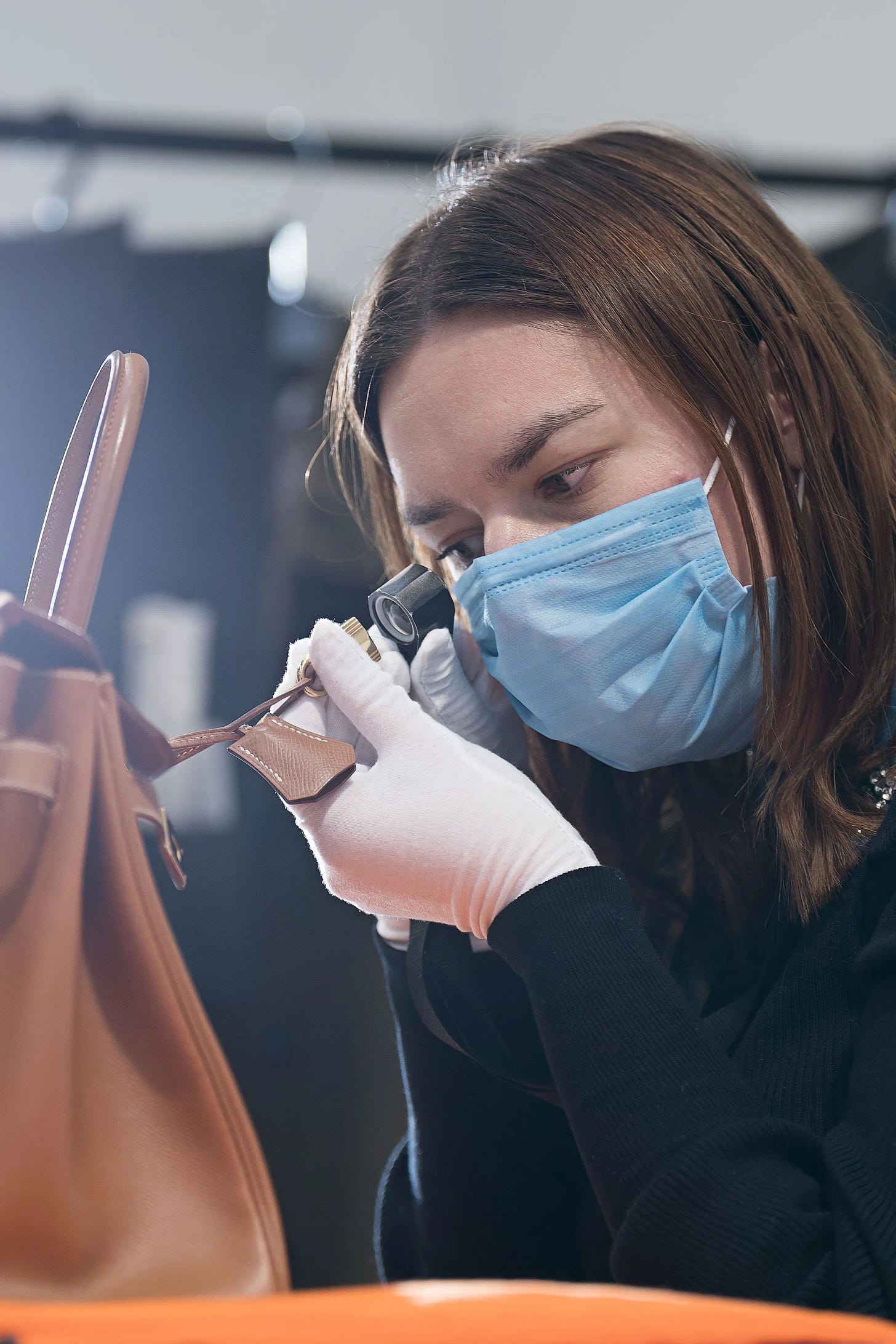The Dupe Dilemma: Tracing The Shadowy Origins of Imitation Goods
The modern demand for affordable copycats has roots in the long and often criminal history of counterfeiting goods.
Consumerism throughout history has led shoppers around the world to have some interesting purchasing habits. Some people will spend beyond their means, yearn for what they can’t have, and do whatever they can to keep up with the Joneses. “Dupe Culture” has been the topic of conversation over the last few years since they tend to be much more affordable than their name brand counterparts. However, counterfeit products have been part of mainstream society since the 1980’s, and I’d argue that this is one of the main avenues that led to the rise of dupes today.
Anyone who grew up or has lived in cities like New York know where to find fakes; from sneakers to purses and handbags to watches. They could be from the guy who pops into the barbershop selling merchandise out of the truck of his car, or on Canal Street in Chinatown. You usually don’t have to venture too far off the beaten path to buy something that looks authentic. Unfortunately, counterfeit items have an incredibly dark side that many people don’t realize. Because counterfeiting is a business with high margins and volume, organized crime syndicates and gangs have diversified into participating in their production. With the tens of millions of dollars in profit, they can launder money through any legitimate businesses they own and continue to fund other operations like creating prescription and illicit drugs, gun running, etc. At scale, this creates an economic balloon that continues to grow year over year and have a massive impact across the world. The shipment of counterfeit goods totals 3.3% of the world’s trade, with estimates amounting to nearly $1 trillion. It can also directly contribute to terrorist activity. The 2015 terrorist attack of the french magazine Charlie Hebdo that left 12 people dead and 11 injured was financed by selling fake Nikes.
China is unfortunately the primary culprit when it comes to where the fakes are produced and distributed. Most popular companies who sell any kind of physical item know that it’s only a matter of time before you can find a knock off of your brand on websites like Alibaba.com or JD.com. During my business school internship at SmileDirectClub - the former tele-dentistry startup - we were already seeing fake items pop up, and although we were running hot from a brand awareness standpoint, we were still a Series B startup. If we noticed copycats, you can imagine the sheer scale of problems larger, well-established companies continue to face. Last year, roughly 66% of counterfeit items were seized by the Customs and Border Patrol came from China. This figure accounts for all goods, including things like car parts, musical instruments, cosmetics, etc.
The production of counterfeit items ramped up even further during the pandemic. Luxury brands had less budget to devote towards identifying bad actors, and once the number of investigations began to plummet, gangs and syndicates ramped up their operations. eCommerce marketplaces that sell pre-owned merchandise have had an increasingly hard time identifying fake products and weeding them out. StockX, TheRealReal, GOAT, and many more have deeply embedded authentication processes to protect their brand reputation as well as end consumers, but this isn’t foolproof and things do slip through the cracks. Most clothing brands will send authentic products and new releases to marketplace authenticators so these intermediaries can get a better understanding of what to watch out for. But with little standardized training across the board and counterfeit operations getting better at creating something close to the original, its hard to imagine a world where this problem gets eradicated entirely.
Dupes may seem like a much better option at first glance (and plenty of them are), but two main issues that arise from dupe culture. The first is around the legality of producing these goods that feel like a direct copy + paste. Unfortunately, it is very difficult to obtain a patent for something like a bag or a sneaker unless how the fabric/materials are used is in a specific and differentiated way. Even then, these patents have an expiration date, allowing incumbents to create something similar. The second problem is that some influencers are promoting dupes that are actually counterfeits that very clearly violate trademarks. This has been a growing issue across social media platforms, with companies needing to step in to stop creators and the the pushing of trademark-infringing goods.
Dupe culture has also dramatically permeated the fragrance world. For every luxury brand that’s selling a cologne or perfume for $300-$400 per bottle, you’re guaranteed to find something that will be a close enough match for a fraction of the price. Parfums de Marly’s Althaïr, one of my favorite winter fragrances, has a dupe from French Avenue called Liquid Brun. Plenty of people in the fragrance community say it’s over a 90% match. Dupes normally get away with doing this and still achieve great margins by using less expensive and lower quality ingredients. However, it’s important to note that doing this can affect the performance, longevity, and sillage. Another downside of the dupe fragrances is that because several middle eastern brands create dupe products, there is a blanketed stereotype that all middle eastern brands are of lesser quality and aren’t worth purchasing.
People have written full research papers and produced 45min video segments on the topics we just discussed, so this is just the tip of the iceberg. Both dupes and counterfeits have become a global phenomenon that don’t have any signs of slowing down. We can all do our part to be a little more conscious when we put items in the cart online and check out, but please beware the next time you decide to stray away from mainstream companies. The dollars you spend may not end up in a place you’re proud of.




